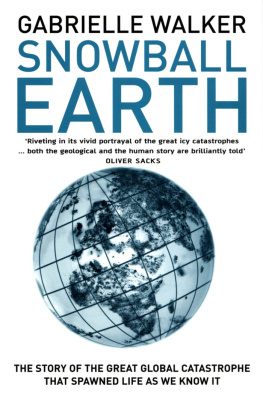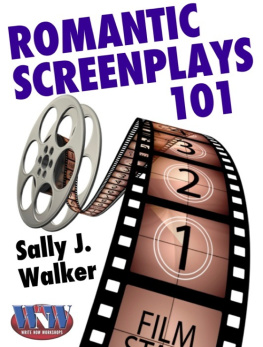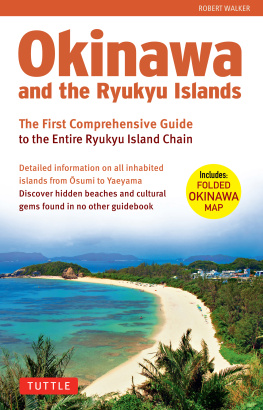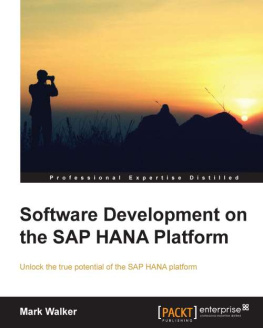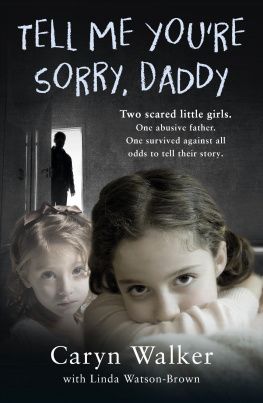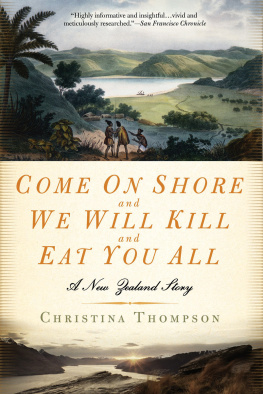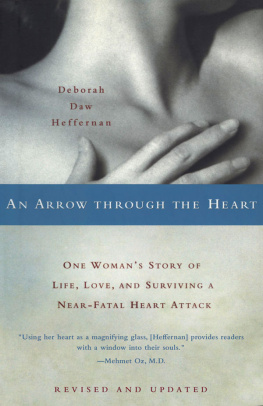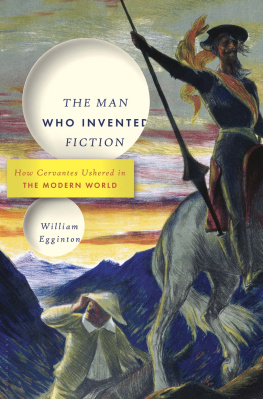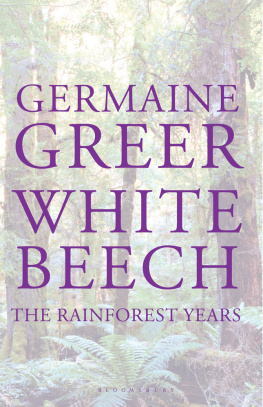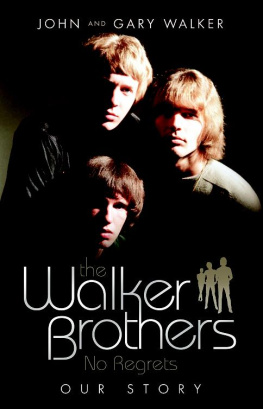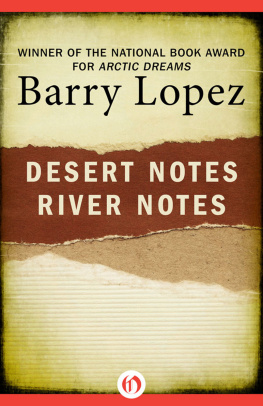SNOWBALL EARTH
THE STORY OF A MAVERICK SCIENTIST AND HIS
THEORY OF THE GLOBAL CATASTROPHE THAT
SPAWNED LIFE AS WE KNOW IT
GABRIELLE WALKER

First published in Great Britain 2003
This electronic edition published 2010
Copyright 2003 by Gabrielle Walker
The moral right of the author has been asserted
All rights reserved You may not copy, distribute, transmit, reproduce or otherwise make available this publication (or any part of it) in any form, or by any means (including without limitation electronic, digital, optical, mechanical, photocopying, printing, recording or otherwise), without the prior written permission of the publisher. Any person who does any unauthorised act in relation to this publication may be liable to criminal prosecution and civil claims for damages
Bloomsbury Publishing Plc, 36 Soho Square, London W1D 3QY
Published in Association with Crown Publishers, New York
A CIP catalogue record for this book is available from the British Library
ISBN 9781408807149
www.snowballearth.com
CONTENTS
F OR
R OSA , H ELEN AND D AMIAN
ACKNOWLEDGMENTS
For the past two years or so, I have been a Snowball Earth groupie. Wherever the story was told or challenged, at conferences, field trips, lectures and campsites around the world, I appeared with my notebook and questions. Some of the researchers I spoke to are mentioned by name in the book, while others are not. All gave generously of their time and knowledge.
Thanks are due first of all to Paul Hoffman, who spent countless hours talking to me. He drove me around the Namibian desert and the Boston marathon course, welcomed me into his field camp, his home and his lab and sent me a continual stream of information by e-mail. He sought no influence over what I wrote.
Thanks also to Dan Schrag, who first introduced me to the Snowball. His ideas have been central to the theory, and he shared them with me repeatedly and very willingly.
Many researchers helped me explore the various Snowball sites around the world. Thanks to Tony Prave, Mark Abolins and Frank Corsetti for introducing me to the rocks of Death Valley in California. Ian Fairchild worked hard to set up the Snowball Earth workshop in Edinburgh, after his field trip to the Garvellachs was sadly scotched by the outbreak of foot-and-mouth disease. Joe Kirschvink invited me on his field trip to South Africa, and again to his lab in Caltech. (Thanks for Joe stories also go to Dave Evans, Ben Weiss, Kristine Nielson, Tim Raub, Curtis Pehl and many other members of Joes irrepressible student family.)
Dennis Thamm delayed his holiday for a day to show me around Mount Gunson mine. Jim Gehling and Linda Sohl drove with me to Pichi Richi Pass in South Australia, and Jim then gave me an unforgettable tour of the Ediacaran fossils in the Flinders Ranges. George Williams sent me copious papers covering his work on the South Australian deposits, in spite of his distaste for the Snowball idea. Kath Grey and Malcolm Walter talked to me about stromatolites before I headed to Shark Bay in Western Australia to see the living rocks there for myself. Guy Narbonne showed me the fabulous forms of the Mistaken Point assemblages, along with Bob Dalrymple and Jim Gehling. On the same trip Misha Fedonkin told me tales of the Russian White Sea, most notably while we sat in a Newfoundland late-night bar, and Bruce Runnegar gave me a whole new perspective of molecular clocks and pizza-shaped fossils. Thanks also to Ben Waggoner for his description of the flies at Arkhangelsk.
Nick Christie-Blick told me his stories over dinner in Nevada and English tea in Newfoundland. Linda Sohl described the sheep incident and the noise that frightened kangaroos make, while the two of us were squashed together in the back of a van in Newfoundland. I shared a truck for three days with Martin Kennedy and Tony Prave in Death Valley and grilled them both further in the more genteel environs of Edinburgh.
Roland Pease enlisted me to present a BBC radio programme on the Snowball and provided me with copies of the interviews that we recorded. Mark Chandler explained about climate models and Jim Walker about seasons. Oliver Morton pointed out the significance of outrageous hypotheses. Brian Harland tolerated three separate visits from me to his Cambridge home and office, the first when he had only just emerged from the hospital, having suffered a shattered knee. Ian Fairchild and Mike Hambrey told me more about Brians early work, while fascinating insights into Paul Hoffmans background came from Terry Seward, Peter von Bitter, Erica Westbrook, Sam Bowring, Jay Kauffman and Dawn Sumner.
As for my own background, if it hadnt been for John Maddox and Laura Garwin, who took me on as a rookie at Nature, I would never have known about the wonderful world of earth science. Many thanks are also due to my colleagues at New Scientist, especially Alun Anderson, who hired me to do the best job in the world (go out and look for stories that you find fascinating) and Jeremy Webb, who taught me more about writing and editing than either of us realize. The book began as a feature article for New Scientist, one of many that came from my insatiable thirst for stories about ice. The U.S. National Science Foundation sponsored me on two wonder-filled trips to Antarctica, and the Canadian Department of Fisheries and Oceans conveyed me to the Arctic Ocean to catch my first, gripping glimpse of what happens when the seas themselves freeze.
I wrote mainly in London at the British Library, where the staff is marvellousparticularly in Science 2 South. The town of Kirkcudbright in Scotland provided another haven for a while. I didnt manage much writing there, but did plenty of thinking and made twenty-four pounds of procrastination jam. In California I wrote in the beautiful Sausalito Public Library. And Niles Eldridge at the American Museum of Natural History in New York kindly granted me a desk for a month of writing there. I often stayed beyond closing time and felt a privileged shiver each night that I walked past the dinosaurs in the dark.
Many people read the manuscript in whole or in part and made helpful comments and criticisms. Thanks for this go to Robert Coontz, Richard Stone, Sarah Simpson, Michael Bender, John Vandecar, Helen Southworth, Rosa Malloy, Diane Jones, Jaron Lanier, Dominick McIntyre, Jeff Peterson, Edmund Southworth, Paul Hoffman, Doug Erwin and Jim Gehling. Any errors are, of course, my own. Particular thanks go to David Bodanis, who was there from the beginning with his encouragement and insights. He would save me a coveted booth at the British Library caf and spend lovely long lunches there helping me find a way through my story. The edits he suggested were often painful, but invariably right. From David I also learned the two most important secrets for book writing: write every day, and always have a map.
My agent, Michael Carlisle, has given me unstinting support and encouragement. Alexandra Pringle, my editor at Bloomsbury, was full of enthusiasm from the beginning. I owe more thanks than I can say to Emily Loose, my editor at Crown, who encouraged me to write the stories I truly wanted to tell, with her intelligent suggestions on structure and her knack of teasing details out of me that Id been tempted to gloss over. At one point, I read of a famous writer who challenged his editor about the importance of details over structure. God is in the details, the writer said. No, God is in the structure, his editor replied. When I asked Emily about this, she answered without hesitation. God, she said firmly, is in both.

